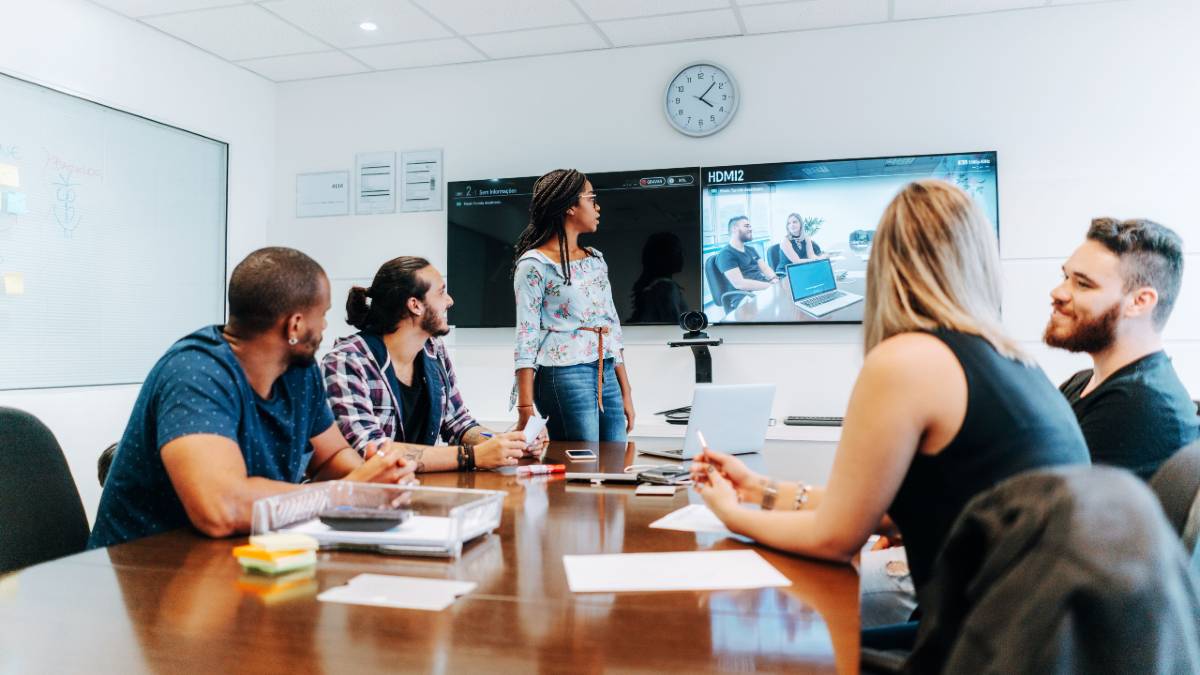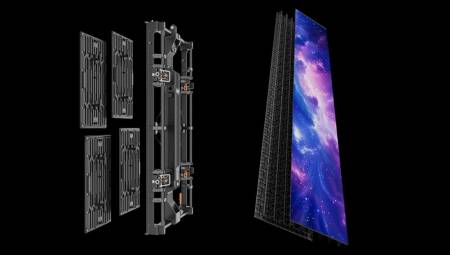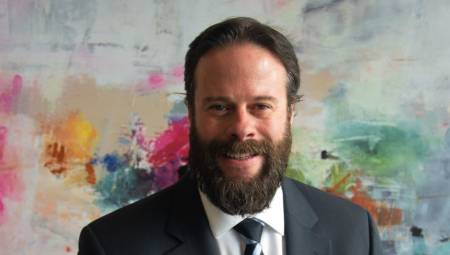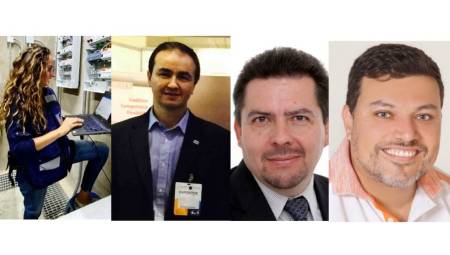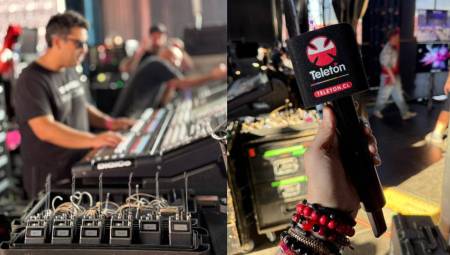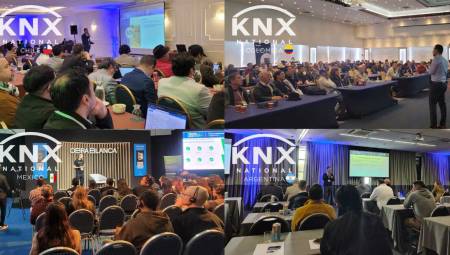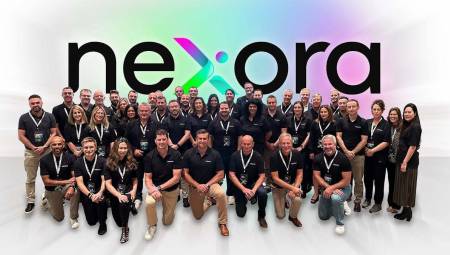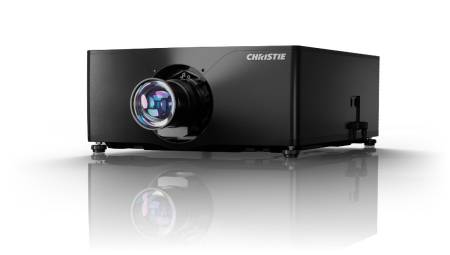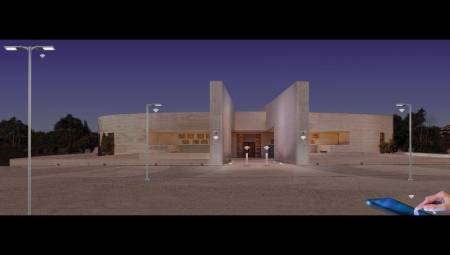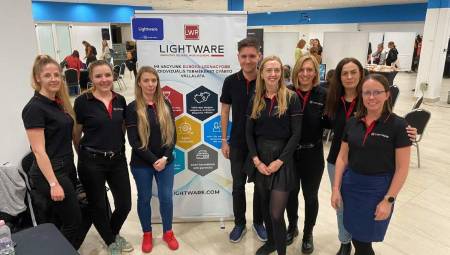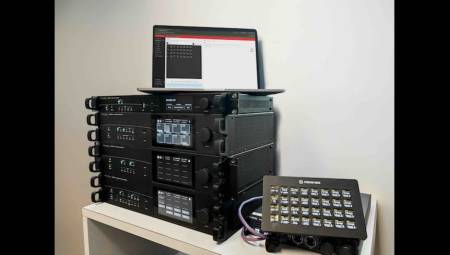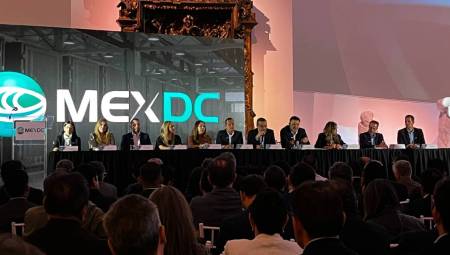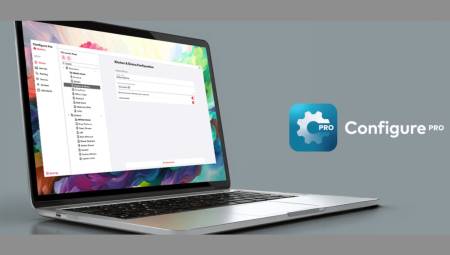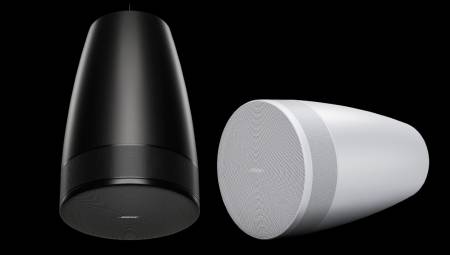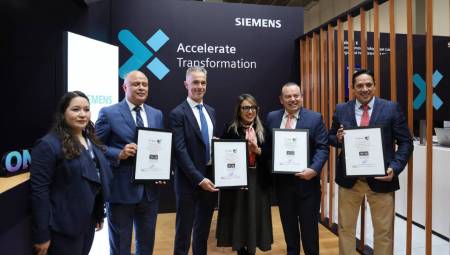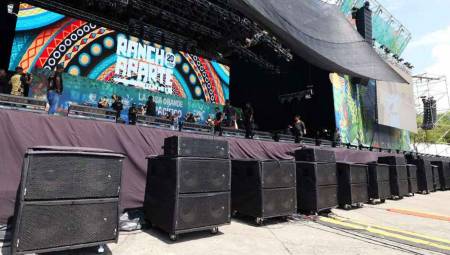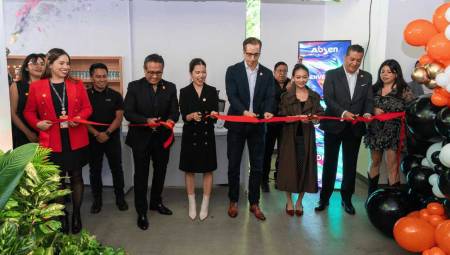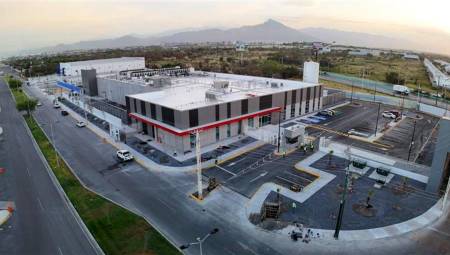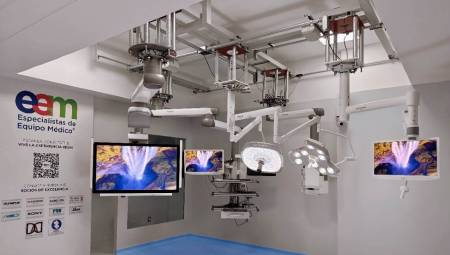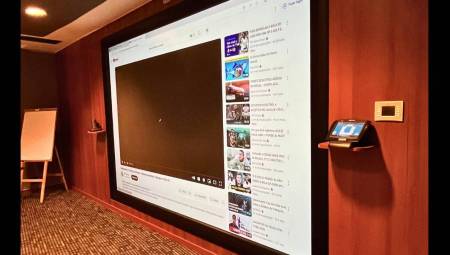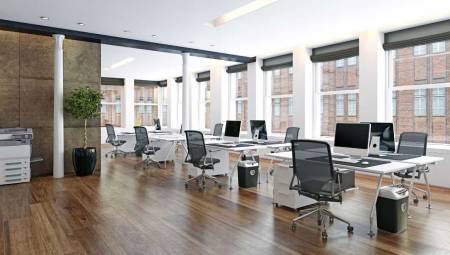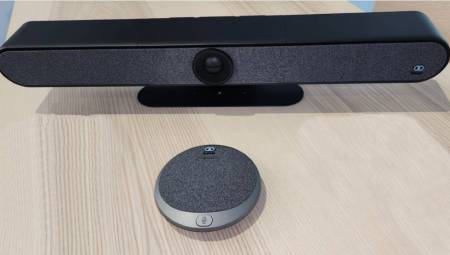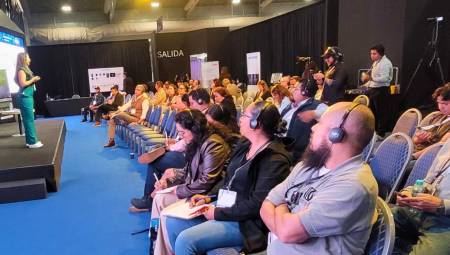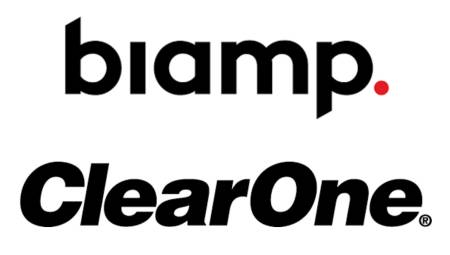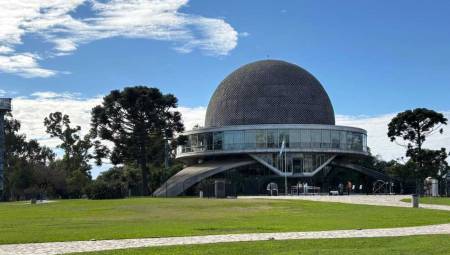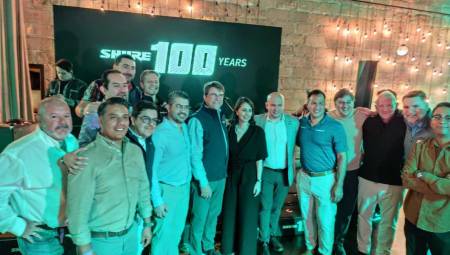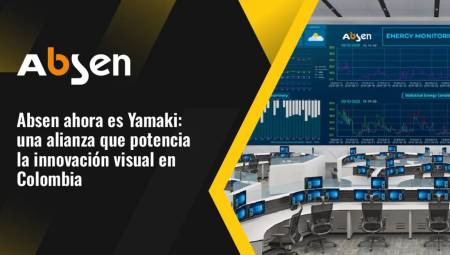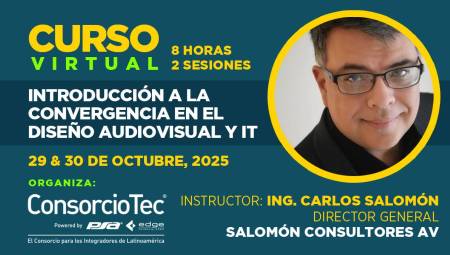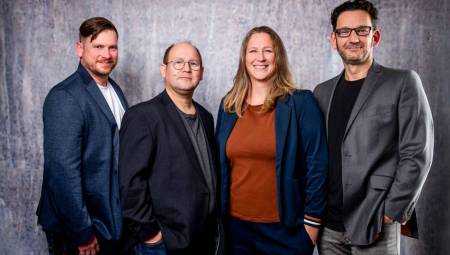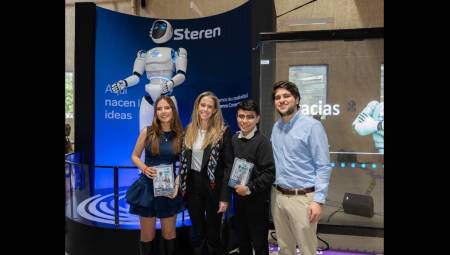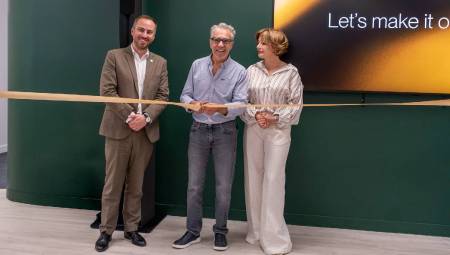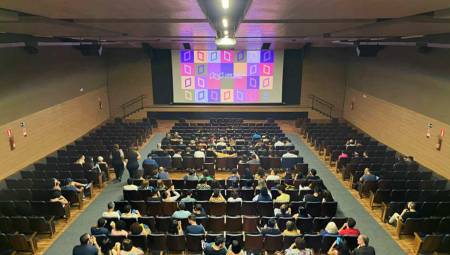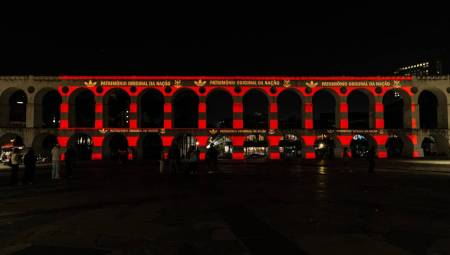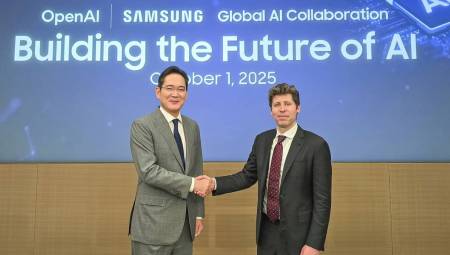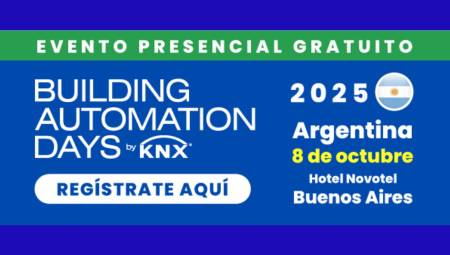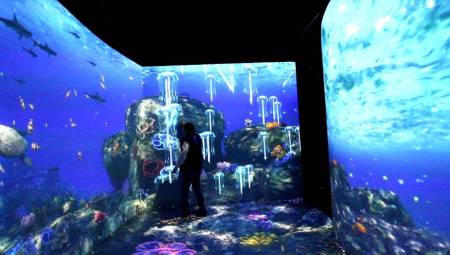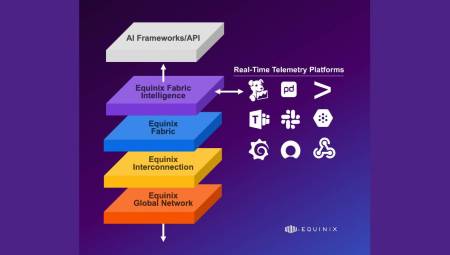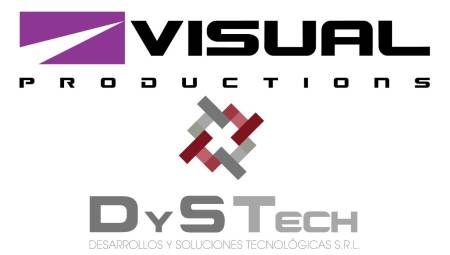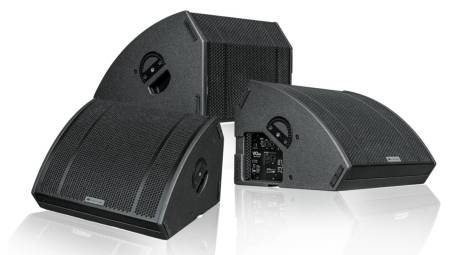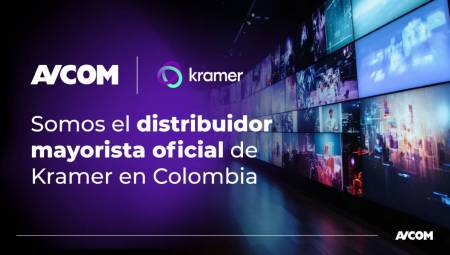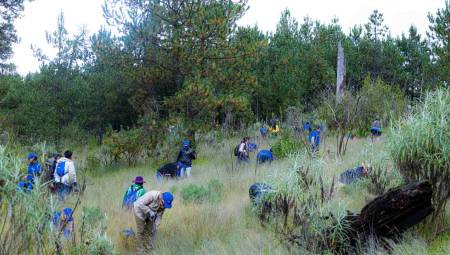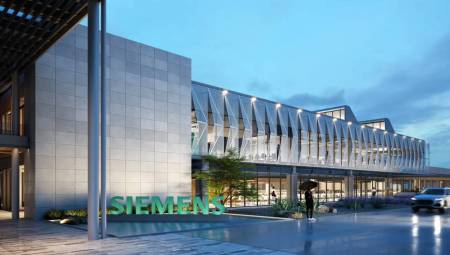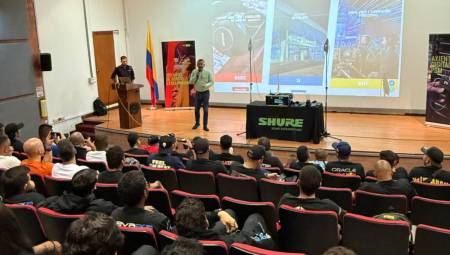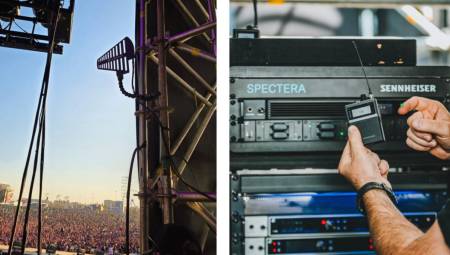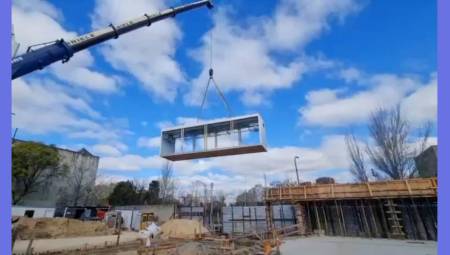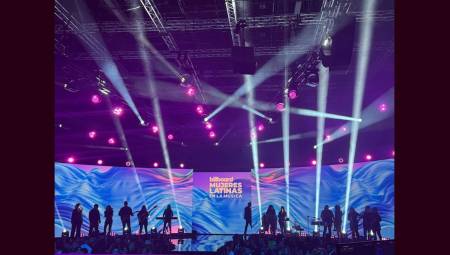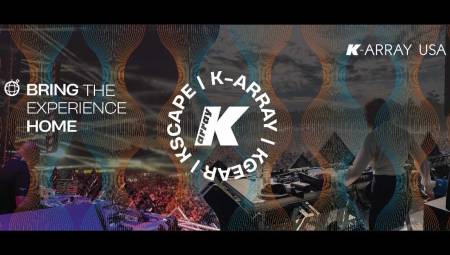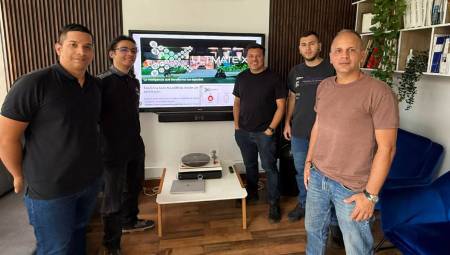Tangled cables, big dreams: modernizing the workplace in Latin America.
Christopher Isak*
It's Monday morning in Mexico City. The meeting room is full of noise, not big ideas, but typical technological problems. The video conferencing cart is older than most interns, the cables seem to play hide-and-seek, and one device keeps beeping annoyingly.
Meetings rarely start on time, and every time the "tightrope walker microphone" (as they now call the conference microphone) acts weird, all eyes turn to that person who, with a mixture of luck and intuition, sometimes manages to make it work. It's not his job, but in a way, it is.
Every workplace seems to have that unofficial audiovisual technician. He doesn't belong to IT, he doesn't have a great title, but he's that colleague with an equal dose of wit and restlessness. Their day is a mix of problem-solving calls, hybrid joints that never work well for colleagues connected from Bogotá or São Paulo, and races to collaborative rooms where the only cables more tangled than HDMI are repetitive questions: "Can you see my screen? Wait, can you hear me?"
But behind every under-the-table seat (armed with a flashlight and hope) is a great idea. It's the desire for a workspace where technology flows, and everyone, whether it's in the heart of the city or from a home office on the outskirts, is truly included.
One person, many roles
The desktop of this unofficial AV solver looks like a museum of sticky notes and forgotten charging cables. When a brainstorming session goes off the rails, someone sighs, "Maybe you can make it work?" and like clockwork, the ritual begins: change adapters, pray, and mentally calculate how many minutes you're consuming from everyone (and your patience).
This doesn't just happen in an office. From teams with open spaces in São Paulo, to start-ups in Bogotá and remote workers split between their homes, coworking spaces or noisy coffee shops, the "tech dance" is a shared experience across the region. There is a pride in being creative with what you have, but also a common tiredness. The dream is clear: a workplace with audiovisual technology that simply works, allowing everyone to participate, no matter where they are or what device they use.
The breaking point is not always dramatic. Maybe it's a presentation for a client where the slides don't load, or a regional creative session that ends up as a WhatsApp group out of sheer desperation. On a quiet night, browsing social media for inspiration (and perhaps with a little envy), comes realization: other companies have figured it out. There are spaces designed for hybrid work, collaborative rooms where calls connect instantly, brainstorming places where remote and local participants actually work together, home offices that feel like an extension of headquarters. This idea awakens a new determination: perhaps it is time to demand something better.
Resilience and Persistence
Proposing changes is not easy. "Isn't what we have enough?" someone in management asks over a choppy loudspeaker. "We can't spend on gadgets," interjects another from his home office with a grainy video feed.
Instead of giving up, it's time for a different strategy:
• Start small: Propose an affordable pilot, such as upgrading a single meeting room or enabling a collaborative space with plug-and-play tools.
• Collect stories: Get candid feedback from colleagues frustrated by technology issues, interrupted client meetings, remote members feeling isolated, endless minutes wasted on technical resolutions.
• Show, don't narrate: Provide a quick demonstration. It allows leadership to experience how a simple, integrated setup can make hybrid meetings more seamless and inclusive.
• Highlight inclusion: Make the case that when technology works for everyone, whether in Mexico City, São Paulo, Bogotá, or from home, work improves, employees are happier, and customers have a better impression.
Resistance does not disappear easily. "It's not a priority," "Maybe next quarter." It's frustrating, and sometimes it feels like talking into the void. But every little success—an improved room, a smooth video call, a positive feedback from a skeptical manager—adds momentum.
Small steps, big changes
The first achievement is rarely spectacular. Maybe it's a brainstorming session where everyone listens and makes their voices heard, or a collaborative room that doesn't need a tech exorcism before every call. Positive feedback starts to roll in. People notice that meetings start on time, that remote colleagues feel truly present, and solving problems becomes more enjoyable.
The stories start to pile up: someone in Casanare says their meeting finally felt like true teamwork; a customer in Monterrey praises a fluid presentation. The unofficial solver is no longer "the person who crawls under the table" but "the person who helps his colleagues shine."
From reluctant tech hero to space modernizer
Change doesn't happen instantly in Latin American workplaces, just like anywhere else. Budgets are tight, everyone is busy with other matters, but with persistence (and maybe an excellent before-and-after demonstration), the best ideas start to make sense to everyone.
The wider rollout is gradually being approved: meeting rooms, collaborative spaces and even home office support are beginning to take shape. Managed services help keep everything running, with less time wasted bending over solving problems and more focus on truly collaborating.
In the end, those little daily struggles, untangling wires, fixing old speakers, preparing for that important conference, fade away. The workplace becomes more inclusive, collaborative, and in some ways a little more enjoyable.
Tips for proposing better av solutions (from someone who's been there)
• Start with pilot projects, not radical changes.
• Collect honest stories and feedback; people's real pain points have power.
• Demonstrate, not just explain; A quick test is worth a thousand slides.
• Make inclusivity and experience the focus, not just features or cost.
*Christopher Isak Digital Marketing Specialist at the GPA. GPA is a global leader in professional audiovisual and workplace technology, helping organizations in more than 50 countries create connected and collaborative environments. Their solutions are designed to tackle real challenges, fostering better meetings and teamwork, no matter where you work.



